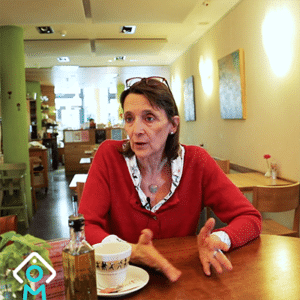Tips on how to open a nursery in Luxembourg
In this Meet an entrepreneur video, Barbara Agostino, founder of Crèches Barbara since 2011, shares some tips to open a nursery in Luxembourg, base on her experience.
- Parents’ criteria
- The recruitment process
- The experience
- The case of small nurseries
- Always optimising your budget
Find out all the information on the network “Crèches et Foyers de jour Barbara” on the website: crechebarbara.lu.
Discover all our entrepreneur videos and expert articles on meetanentrepreneur.lu.
You liked this content?Share it now!
Bookworm? Read the transcript!
Transcription de l'intervention de Barbara Agostino
At 40 years old, you can’t say “I’m opening a nursery” if you don’t have a specific background.
Tips on how to open a nursery in Luxembourg
Barbara Agostino, founder of Crèches Barbara since 2011
Parents’ criteria
For all the extracurricular activities, you have the on-site training. And are the meals made there? If so, great. If not, where does the food come from? Is it a caterer specialised in childcare? As for the staff, you can’t tell straight away if there is a big turnover or not. It’s a bit of a gut feeling. And then for the infrastructure, is there a car park, is there a large playground?
The recruitment process
Now, we have to pay to advertise in Luxembourg newspapers, like the Luxemburger Wort, to be able to hire people on Saturdays. Why? Because we have 20 nurseries. So there are a lot of staff members. And for my colleagues who also work in other nurseries, it’s a bit of a struggle because they have to go from one nursery to the other. So what we do is that, for example, once they’ve been employed for two years, the managers are entitled to a car and meal vouchers. And we also set up extra days off. After two years, you get one extra day off, after three years, two days, after four years, three days, and so on. So we increase the number of days off each year.
The experience
At 40 years old, you can’t say “I’m opening a nursery” if you don’t have a specific background, if you don’t have specific references in terms of business, because opening a nursery is basically like opening up a business.
The case of small nurseries
Small nurseries can no longer exist. The small nurseries that are still open today are often run by people who have been there for 15 or 20 years. Why is that? Because they have paid off their walls and have no rent to pay. Because what is really annoying here in Luxembourg is the cost of housing.
Always optimising your budget
You have to figure out how to manage your budget in terms of supplies. So, you’re probably going to buy three sticks of glue, but you have to see how you’re going to spend it. Not because you don’t want the children to use it. That’s a different way to manage your budget. If we follow this example, even for paper, we have a shared stock. And if needed, of course, educators can help themselves. But it doesn’t mean that in each group, in each classroom, there will be enough material doubled. We don’t spend blindly. We consume according to our needs.





